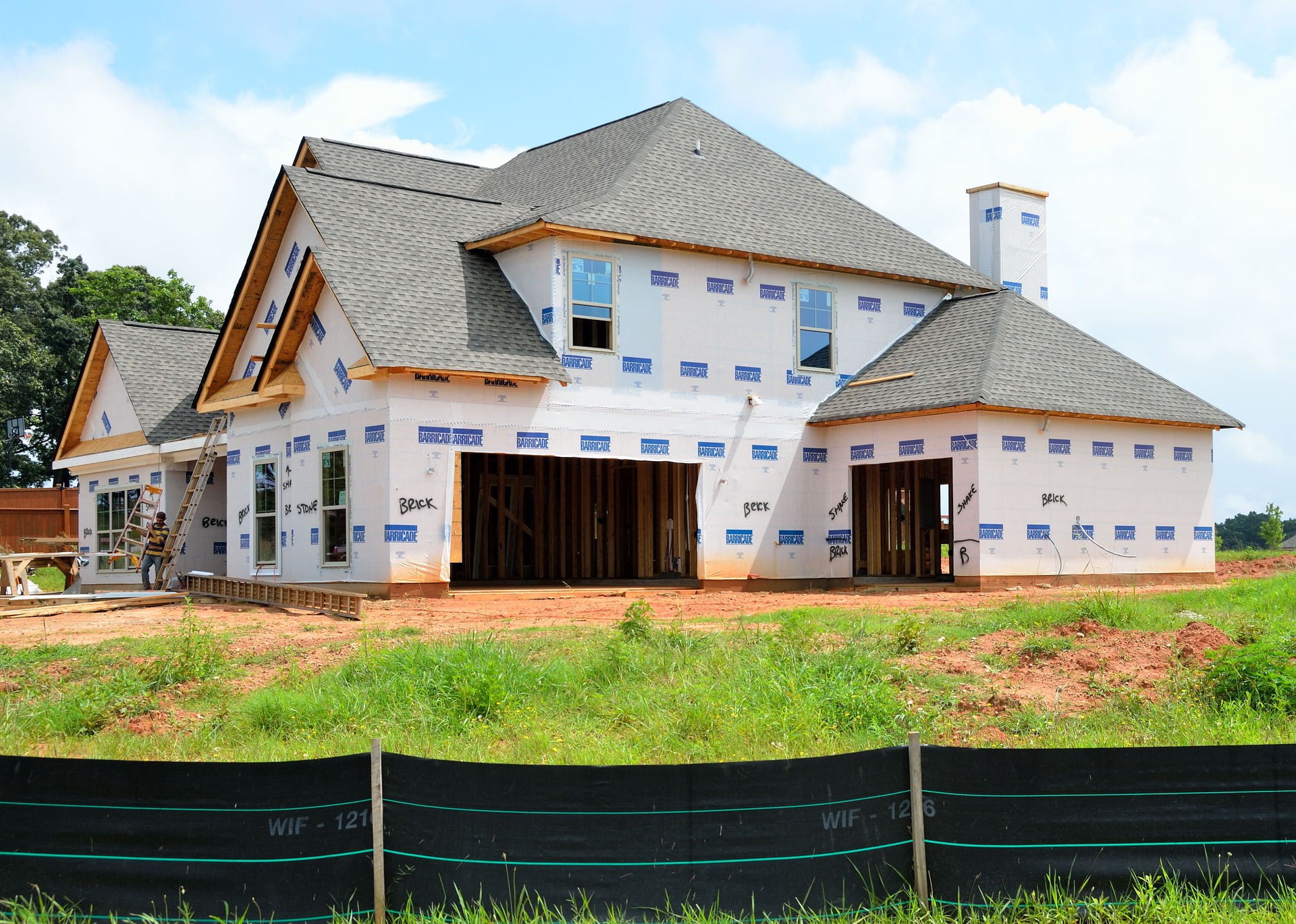The Rise of Prefabricated Homes: A Modern Housing Solution
Prefabricated homes, also known as prefab homes or modular homes, have gained significant popularity in recent years as an innovative and efficient alternative to traditional housing construction. These homes are manufactured off-site in a controlled factory environment and then transported to the building site for assembly. This unique approach to home construction offers numerous advantages, from reduced construction time to improved quality control and potential cost savings.

How does the construction process differ from traditional building?
The construction process for prefabricated homes differs significantly from traditional on-site building methods. In a factory setting, skilled workers use precision equipment to create the home’s components, ensuring consistent quality and reducing waste. This controlled environment also protects materials from weather-related damage or delays. Once the components are ready, they are transported to the building site, where a team of professionals assembles them according to the house plan. This process can be significantly faster than traditional construction, often reducing build time by weeks or even months.
What are the advantages of choosing a prefabricated home?
Prefabricated homes offer several advantages over traditional construction methods. One of the most significant benefits is the reduced construction time. Since much of the work is completed in a factory, on-site assembly can be remarkably quick, often taking just a few weeks. This efficiency can lead to cost savings in labor and reduced disruption to the surrounding area. Additionally, the controlled factory environment allows for better quality control, potentially resulting in fewer defects and a more energy-efficient home. Prefab homes can also be more environmentally friendly, as the factory setting allows for more efficient use of materials and less waste.
Are there any limitations or challenges with prefabricated homes?
While prefabricated homes offer many benefits, there are some limitations to consider. Transportation can be a challenge, especially for larger modules or homes destined for remote locations. This can impact the overall cost and may limit design options in some cases. Additionally, some people perceive prefab homes as being of lower quality or less customizable than traditional homes, although this perception is often outdated given advancements in prefab technology. Zoning laws and local building codes can also present challenges in some areas, as not all jurisdictions are familiar with or accommodating to prefab construction methods.
How do costs compare between prefab and traditional homes?
The cost of prefabricated homes can vary widely depending on factors such as design complexity, materials used, and location. Generally, prefab homes can offer cost savings compared to traditional construction, primarily due to reduced labor costs and shorter construction times. However, it’s important to consider all aspects of the project when comparing costs.
| Home Type | Average Cost Range | Potential Savings |
|---|---|---|
| Traditional Home | $150,000 - $500,000+ | Baseline |
| Prefab Home | $120,000 - $450,000+ | 10-25% |
| Modular Home | $100,000 - $400,000+ | 15-30% |
Prices, rates, or cost estimates mentioned in this article are based on the latest available information but may change over time. Independent research is advised before making financial decisions.
What does the future hold for prefabricated housing?
The future of prefabricated housing looks promising, with ongoing advancements in technology and design. As sustainability becomes increasingly important in the construction industry, prefab homes are well-positioned to meet these demands with their efficient use of materials and potential for incorporating eco-friendly features. Additionally, innovations in 3D printing and modular design are expanding the possibilities for customization and architectural creativity in prefab homes. As more people recognize the benefits of prefabricated construction, it’s likely that we’ll see continued growth in this sector of the housing market.
Prefabricated homes represent a significant shift in how we approach residential construction. By combining the efficiency of factory production with the permanence of traditional housing, prefab homes offer a compelling solution for those seeking quality, affordability, and sustainability in their living spaces. As the industry continues to evolve and improve, prefabricated homes may well become a dominant force in shaping the future of housing around the world.






